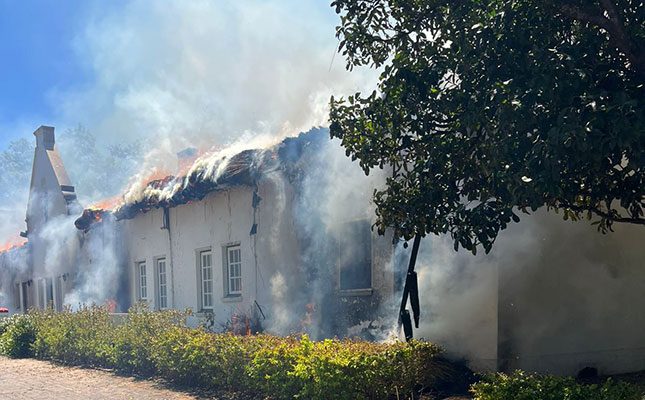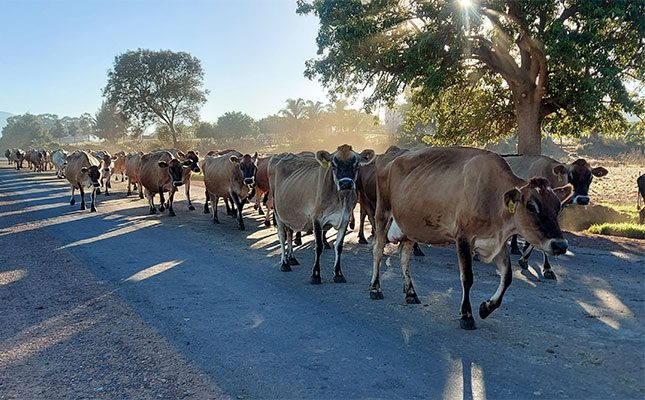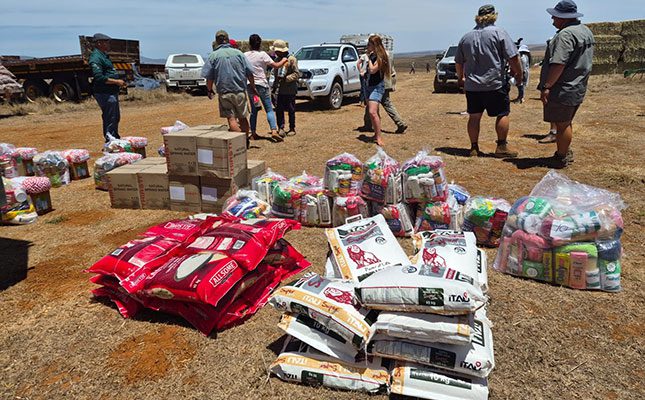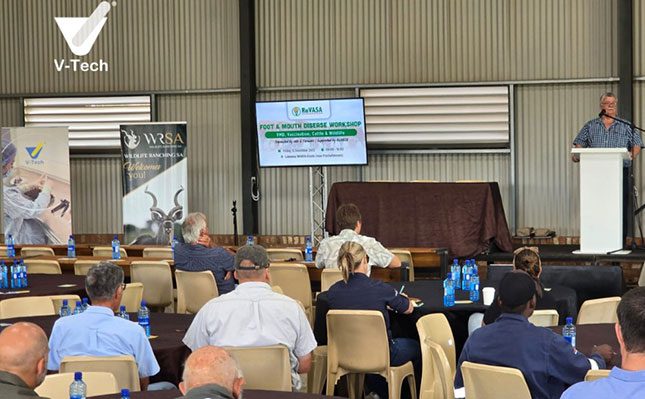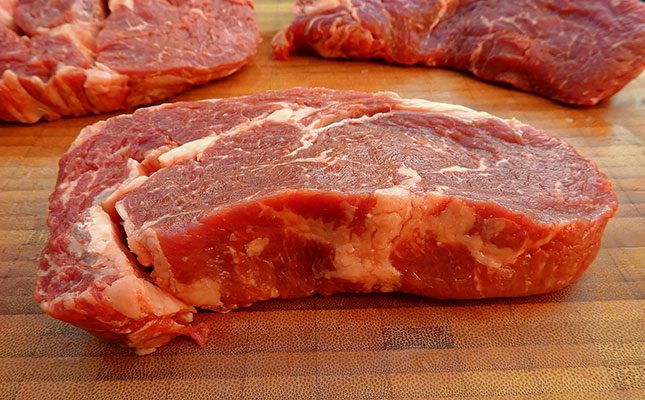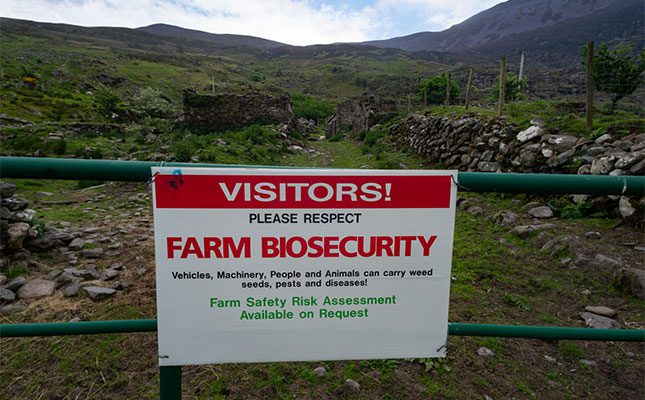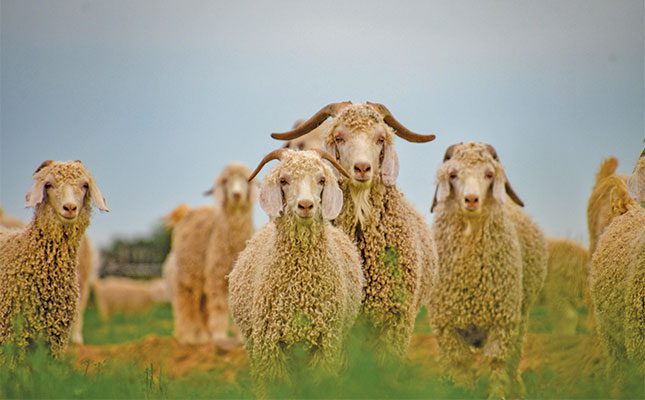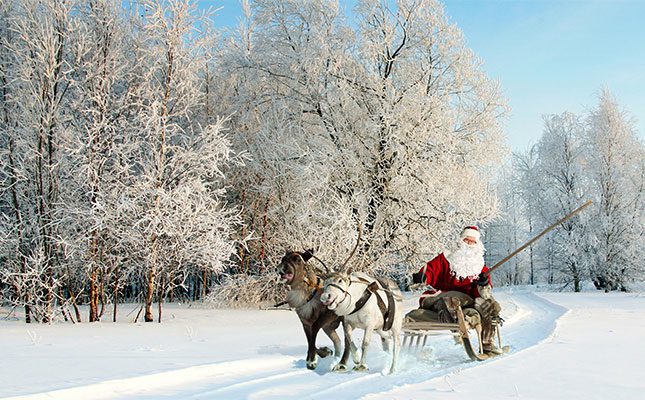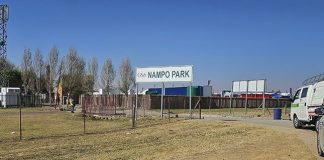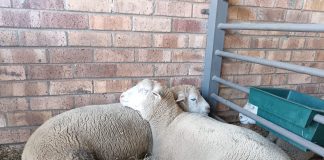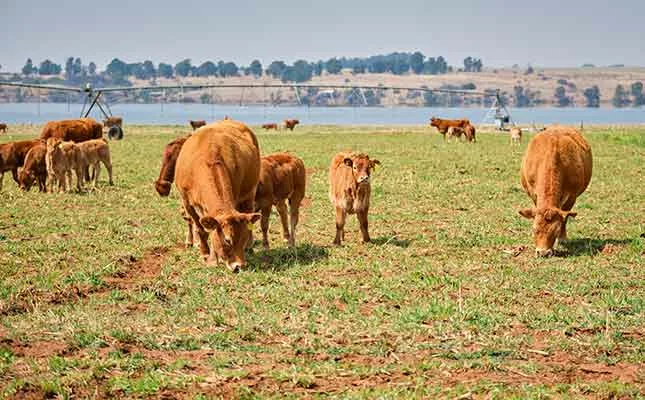
Photo: Octavia Avesca Spandiel
Speaking under the theme ‘Breeding Beef Cattle for the Future’, Jason Reding, a geneticist at SA Stud Book, mentioned how pedigree recording, genomics, and performance testing are becoming indispensable for cattle breeders.
“Pedigrees are not just about family trees, they capture the genetic linkages, what genes are being passed on, and who the progeny inheriting these genes are. More importantly, they help us minimise inbreeding and accurately trace the upgrading process when non-descript cattle are introduced into stud herds,” he said.
A new era of accuracy
Reding further mentioned that South Africa still relies too heavily on outdated DNA microsatellite technology for parentage verification. While DNA testing excludes the animals that are not the parents, it cannot always confirm the true sire, especially when sires are closely related.
“Genomic technology, by contrast, is 100% confirmation of parentage. We often see cases where DNA says a calf belongs to a sire, but genomics proves otherwise. In fact, DNA struggles to distinguish between a grandfather and a grandson. This is why we are moving breeders away from DNA to genomics,” he said.
Measuring what matters
According to Reding, recording pedigrees alone is not enough. Measuring animal performance is equally vital. “If you don’t measure, how do you know which calves are heavier, or which cows wean the best calves? Measurement is the cornerstone of breeding values,” he said.
Traits such as birthweight, weaning weight, scrotal circumference, carcass fat thickness, and intramuscular fat are increasingly being recorded across breeds, he added.
The role of environment and contemporary groups
He also said that the environment plays a powerful role in how genetics express themselves.
“A cow in the Karoo will perform very differently from one in the Western Cape. That doesn’t mean she’s less fertile [for example]; it’s the environment at work. By grouping calves born in the same season, on the same farm, we can compare genetics more accurately,” he said.
Managing genetic mutations
A significant part of Reding’s presentation focused on single-gene traits, particularly polledness (absence of horns) and double muscling.
On polled genetics, he said: “Genomic testing has revealed that animals may carry different polled variants, such as the Celtic or Friesian variants. These variants behave differently, and only genomics can accurately identify them,” he said.
Double muscling, meanwhile, poses major risks.
“Homozygous double-muscled calves are often oversized, leading to birth difficulties, stillbirths, or stunted growth. Even carriers once thought unaffected can suffer reduced fat levels, delayed sexual maturity, and lower conception rates. One breeder in Namibia reported only a 43% conception rate due to double muscling,” Reding said.
He urged breeders to “manage, not ignore” these mutations.
“One in six animals we’ve tested at SA Stud Book carries a double muscling mutation. We advise breeders to avoid mating carriers to carriers.”
Genomic breeding values
Reding said it is important to integrate pedigrees, measurements, and genomics to generate genomic breeding values.
“Genomics allows us to move beyond assumptions of genetic relatedness and calculate the true relationship between animals. This makes breeding values far more reliable,” he said.
“Breeding beef cattle for the future means using every tool available, [such as] accurate pedigree recording, performance testing, and genomics, to ensure we’re producing the best possible animals for the industry,” Reding said.

